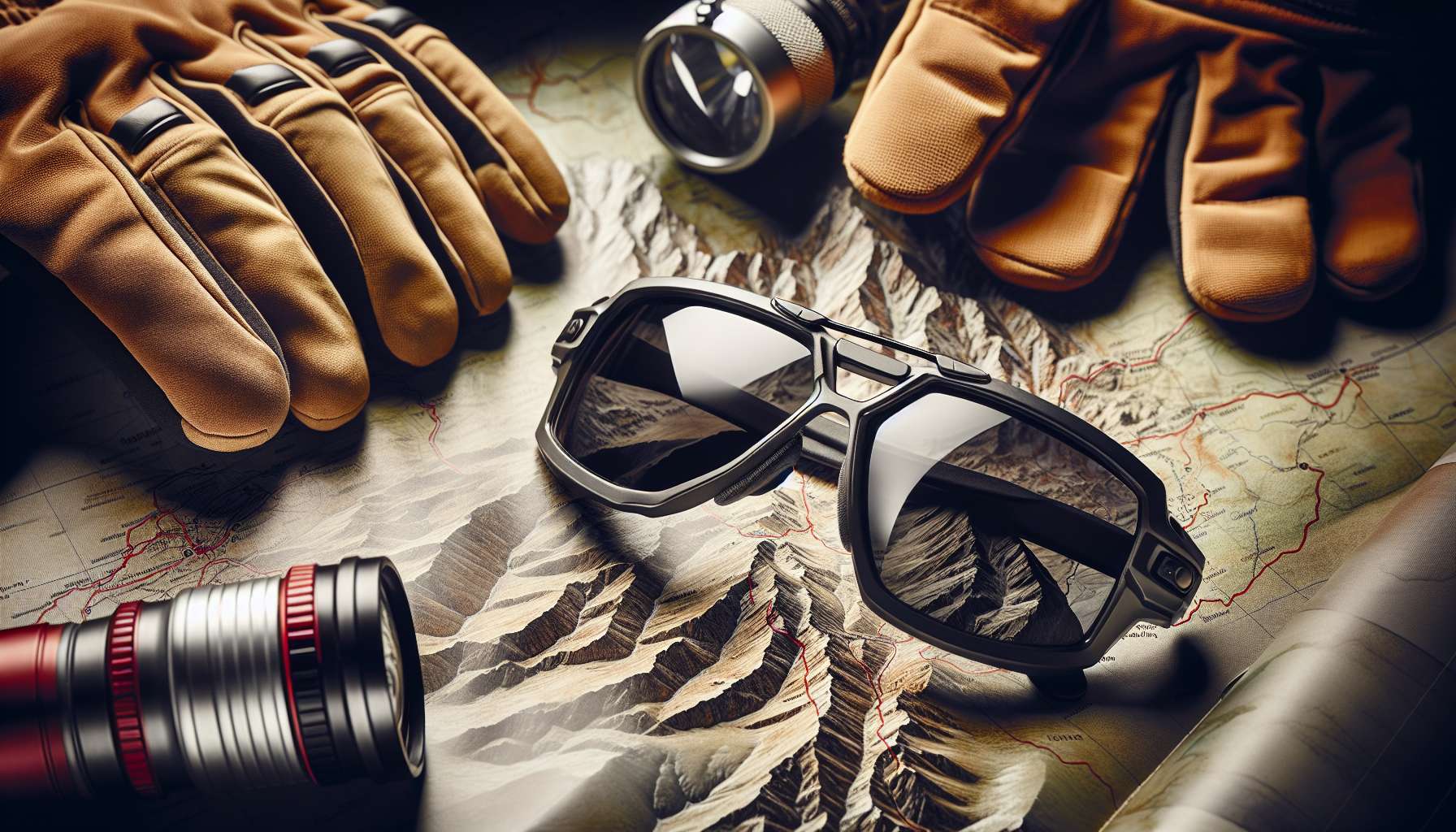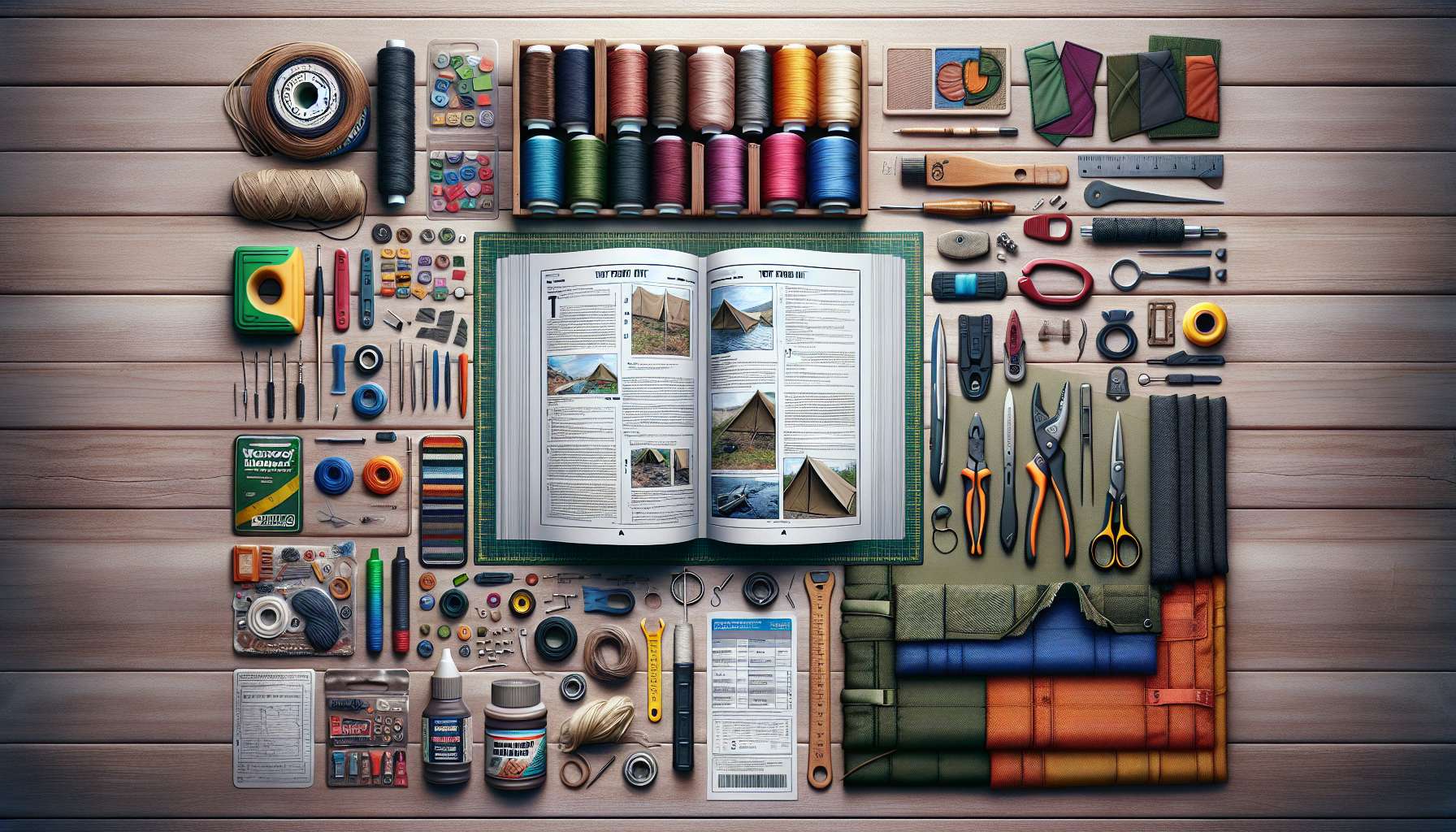Exploring the World of Mountaineering Sunglasses: A Comprehensive Guide
When it comes to exploring the great outdoors, whether it be scaling towering peaks or trekking through rugged terrain, having the right gear is essential. One piece of equipment that often gets overlooked but is crucial for any mountaineer is a reliable pair of sunglasses. Mountaineering sunglasses are not just a fashion statement; they are a necessity for protecting your eyes from harsh sunlight, glare, wind, dust, and even snow blindness. In this comprehensive guide, we will delve into the world of mountaineering sunglasses, exploring their importance, features, types, and much more.
The Importance of Mountaineering Sunglasses
Mountaineering sunglasses are not your average pair of shades. They are specially designed to provide maximum protection and performance in extreme conditions. When you’re high up in the mountains, the sun’s rays are more intense due to the thinner atmosphere, making your eyes more susceptible to damage. In addition to UV protection, mountaineering sunglasses also shield your eyes from glare off snow and ice, which can cause temporary blindness and discomfort.
Furthermore, mountaineering sunglasses are essential for preventing photokeratitis, also known as snow blindness, which occurs when your cornea is sunburned by UV rays. Symptoms include pain, redness, tearing, and temporary vision loss. By wearing proper eyewear, you can prevent this condition and ensure a safe and enjoyable outdoor experience.
Features of Mountaineering Sunglasses
When shopping for mountaineering sunglasses, there are several key features to consider:
1. UV Protection:
Look for sunglasses that offer 100% UV protection to shield your eyes from harmful UVA and UVB rays. This will help prevent long-term damage to your eyes and reduce the risk of developing cataracts or macular degeneration.

2. Wraparound Design:
Opt for sunglasses with a wraparound design that provides full coverage and blocks out peripheral light. This will reduce glare and enhance visibility, especially in bright alpine conditions.
3. Impact Resistance:
Choose sunglasses with impact-resistant lenses to protect your eyes from debris, rocks, and other hazards commonly encountered in the mountains. Polycarbonate lenses are a popular choice for their durability and shatterproof properties.
4. Ventilation:
Look for sunglasses with built-in ventilation to prevent fogging, especially during high-intensity activities like climbing or skiing. Ventilation ports or anti-fog coatings can help maintain clear vision in all conditions.
5. Interchangeable Lenses:
Consider sunglasses with interchangeable lenses to adapt to changing light conditions. Photochromic or polarized lenses are versatile options that provide optimal visibility in varying environments.
Types of Mountaineering Sunglasses
There are several types of mountaineering sunglasses available, each designed for specific activities and conditions. Here are some common types:
1. Glacier Glasses:
Glacier glasses are specifically designed for high-altitude mountaineering and glacier travel. They feature side shields to block out light from all angles, preventing snow blindness and glare off snowfields.

2. Sport Sunglasses:
Sport sunglasses are versatile and lightweight, making them ideal for a wide range of outdoor activities. They offer UV protection, impact resistance, and comfort for extended wear.
3. Ski and Snowboard Goggles:
For winter sports like skiing and snowboarding, goggles provide superior protection and visibility in snowy conditions. They have a snug fit to prevent snow and wind from entering the eyes.
4. Photochromic Sunglasses:
Photochromic sunglasses automatically adjust their tint based on light conditions, making them ideal for mountaineering where lighting can change rapidly. They provide optimal visibility in varying environments without the need to switch lenses.
Choosing the Right Mountaineering Sunglasses
When selecting mountaineering sunglasses, it’s essential to consider your specific needs and preferences. Here are some tips to help you choose the right pair:
1. Fit:
Ensure the sunglasses fit comfortably and securely without slipping or pinching. Look for adjustable features like nose pads and temple tips to customize the fit to your face.
2. Lens Tint:
Choose a lens tint that suits the lighting conditions you’ll be in. Darker tints like gray or brown are ideal for bright sunlight, while lighter tints like yellow or rose are better for overcast or low-light conditions.
3. Durability:
Opt for sunglasses made from durable materials like nylon or polycarbonate that can withstand rough handling and outdoor activities. Scratch-resistant coatings can help prolong the life of your sunglasses.
4. Brand Reputation:
Research different brands and read reviews to find a reputable manufacturer known for quality and performance. Look for brands that specialize in outdoor eyewear and have a history of producing reliable products.
Expert Opinions
According to Dr. Sarah Johnson, an ophthalmologist specializing in outdoor eye care, “Proper eye protection is essential for anyone engaging in high-altitude activities like mountaineering. UV exposure at higher elevations can be significantly more intense, increasing the risk of eye damage and vision impairment. Investing in quality mountaineering sunglasses is a small price to pay for long-term eye health.”
Common Misconceptions
One common misconception about mountaineering sunglasses is that darker lenses offer better UV protection. In reality, lens tint has no impact on UV protection; it only affects visible light transmission. Always look for sunglasses with 100% UV protection, regardless of the lens tint.
Comparative Analysis
When comparing different mountaineering sunglasses, consider factors such as price, features, and warranty. While a higher price doesn’t always guarantee better quality, investing in a reputable brand with a solid warranty can provide peace of mind and long-term value.
FAQs
Q: Do I need polarized lenses for mountaineering?
A: Polarized lenses can help reduce glare off reflective surfaces like snow and water, making them beneficial for mountaineering. However, they are not essential, and you can opt for non-polarized lenses with UV protection if preferred.
Q: Can I wear regular sunglasses for mountaineering?
A: While regular sunglasses may offer some protection, they are not specifically designed for the harsh conditions encountered in mountaineering. It’s best to invest in purpose-built mountaineering sunglasses for optimal performance and safety.
To Wrap Things Up
Mountaineering sunglasses are more than just a fashion accessory; they are a critical piece of gear for any outdoor enthusiast. By choosing the right pair of sunglasses with features like UV protection, impact resistance, and a comfortable fit, you can enjoy your adventures in the mountains while safeguarding your eyes from harm. Whether you’re climbing a peak or skiing down a slope, don’t forget to protect your eyes with proper eyewear. Stay safe, stay stylish, and enjoy the great outdoors with confidence!




